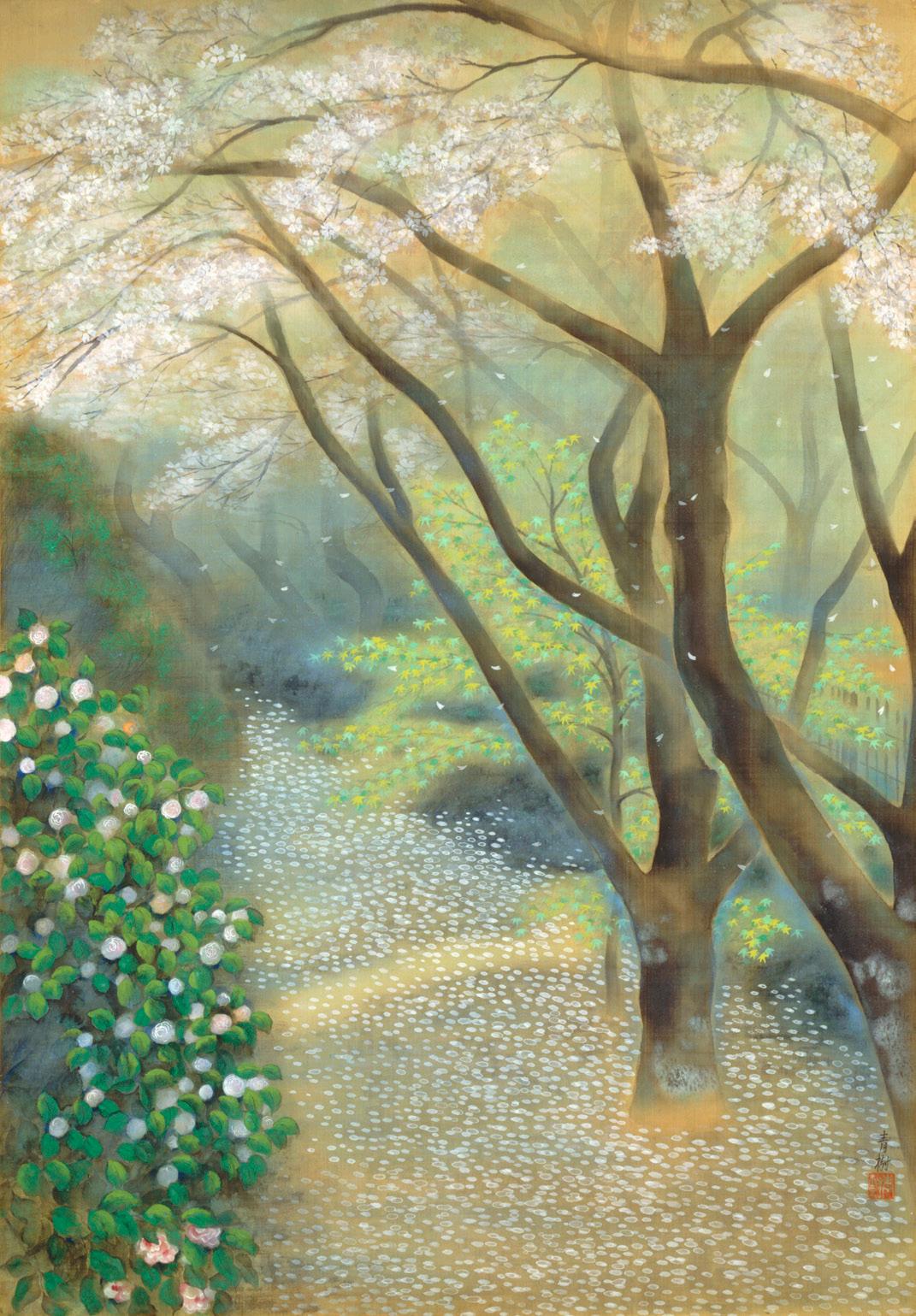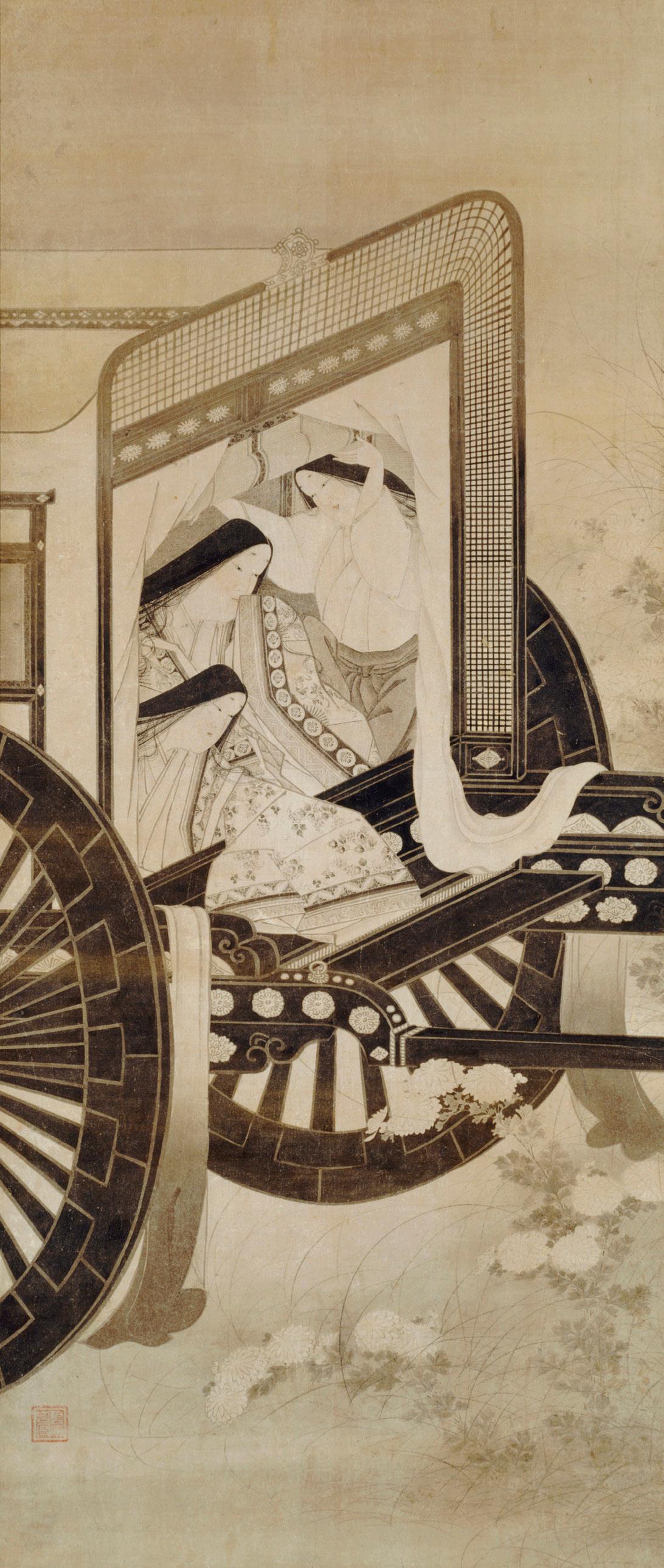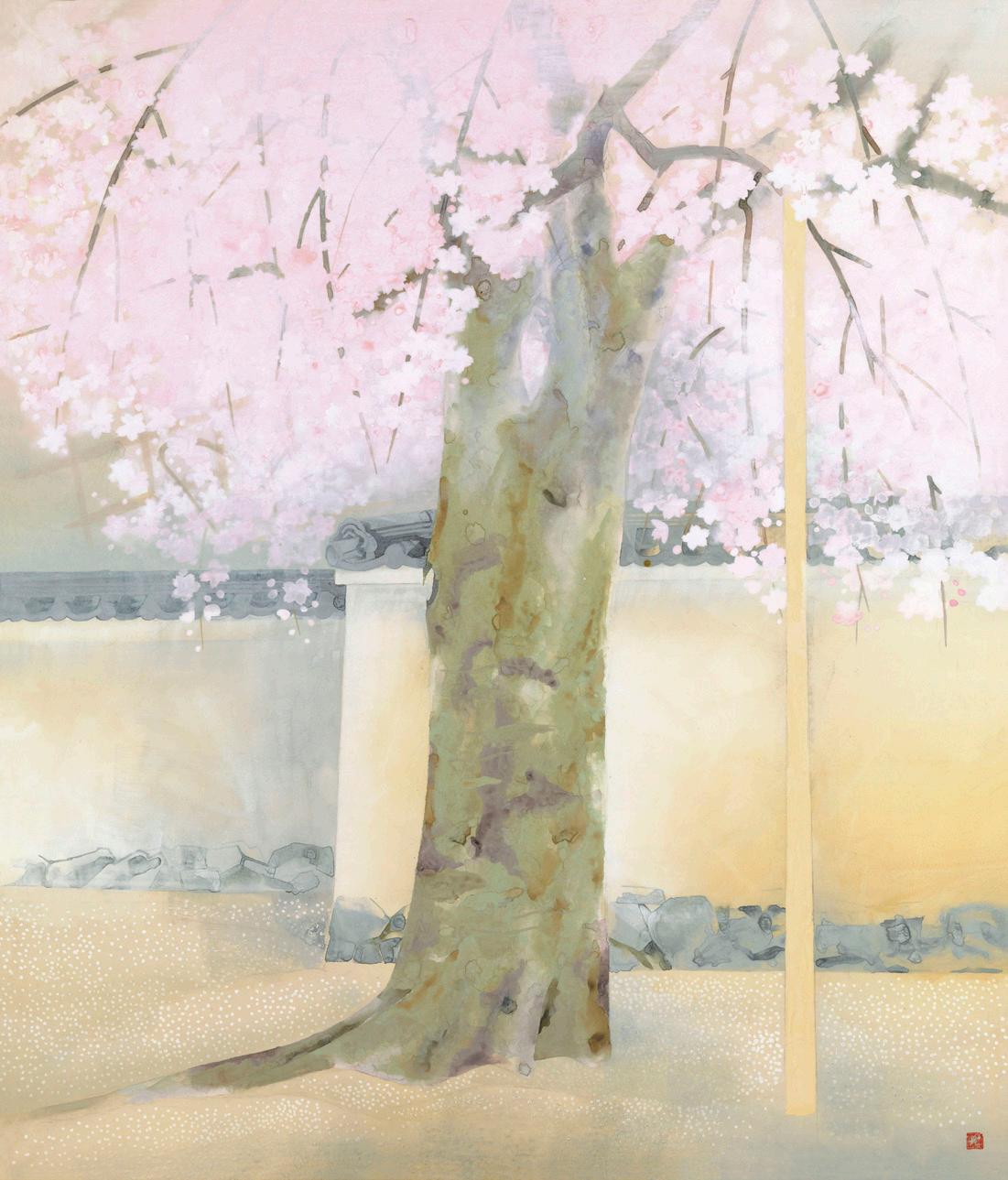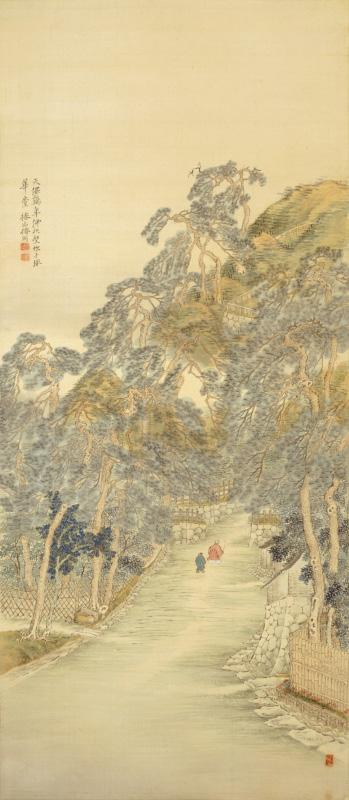
1 minute read
Preserving and Appreciating Japanese Art:

“In Japanese painting, the artist paints with iwa-enogu (mineral pigments) on materials like silk or washi (traditional Japanese paper). It’s sensitive to dryness and light, which means it can easily be damaged. So at Yamatane Museum of Art, we put on about five to six exhibitions of our collection each year instead of having a permanent exhibit.”
Advertisement
Yamatane Museum of Art strikes a balance between preserving the artworks and creating a favourable environment for their appreciation. In addition to maintaining the suitable temperature, humidity, and brightness for protecting the artworks in the best state possible, they pay much attention to the lighting and the presentation so that they can show the artworks’ texture, colours, and any delightful features to the greatest extent.
“I always approach such work, whether it’s creating the best exhibition environment, or restoring a piece of artwork, with a positive, constructive attitude.”
小茂田青樹《春庭》
1918(大正7) 年 絹本・彩色 山種美術館 本作品は、【特別展】世界遺産登録10周年記念 富士と桜 -北斎の富士から土牛の桜まで- (3月11日~5月14日まで開催)にて展示されています。
奥村土牛《醍醐》
1972(昭和47)年 紙本・彩色 山種美術館 本作品は、【特別展】世界遺産登録10周年記念 富士と桜 -北斎の富士から土牛の桜まで- (3月11日~5月14日まで開催)にて展示されています。
There are also ukiyoe in the collection at Yamatane Museum of Art. Since ukiyoe is even more sensitive to light than Japanese painting, and its colours can fade more easily, they put in the utmost care to set up the ideal conditions for preservation as well as exhibition.
“But the issue I’m tackling now is that there still isn’t enough recognition of Japanese painting both within Japan and in other countries,” she goes on.


“At our Museum, we’re continuing to disseminate information on social media platforms, and we hope to create new points of contact between people and Japanese painting, so that it feels more familiar to them in their everyday lives.”
“With the digital tools we have now, there are new ways of enjoying artworks, and there are also the physical way of appreciating them, in which people can come into direct contact with the power of the artwork that reaches them across time. Nowadays, we can touch Japanese culture in both ways. In this age of globalisation, I consider it part of our Museum’s mission to spread the knowledge of Japanese painting as an element of Japanese culture to more people all over the world.”







